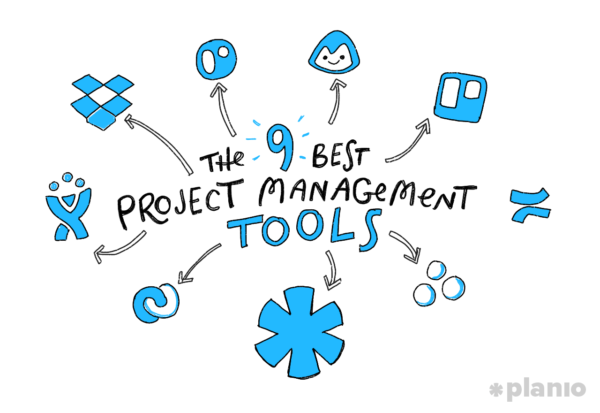Last updated on January 27, 2019
A crisis in the business world is defined as any occurrence which has the potential to negatively affect the status, people or financial standing of a business/organization. On a larger scale, crises may include natural disasters and terrorist attacks, but these are generally unusual.
On a smaller, more common scale, crises include violence in the workplace e.g. hostage situations from the spouse of a member of staff, fire breakout in the business premises, lawsuits against the organization and product liability cases among others.
Every organization must be aware of the crises they are prone to as well as the extent to which these are likely to occur and how to respond to them. This is what is called crisis management. Crisis management education is critical to ensure that a sense of logical flow and calm is maintained in the wake of a crisis.
Corporate crisis management tools
These are the entirety of methods that can be employed to reduce and/or eliminate potential harm resulting from a crisis situation. They include the following:
Education – proper training is the only way to ensure calm, appropriate responses in the face of crises. Managers must be trained through internal and external crisis management forums, from then they can educate their subordinates and be able to calmly guide them through crisis situations.
Software – almost always, some kind of software will be useful for crisis management in most situations, e.g. programs intended for crisis communication to notify employees of a looming crisis. The appropriate people must be trained to handle it, and the required channels left open and operational to ensure proper measures can be taken in the event of a real crisis.
Communication devices – all communication devices and channels that are necessary for response to crisis situations must be kept in top condition, even in the absence of a real threat. Such devices include instant messaging channels, two-way radios, cell phones, broadcast networks, emailing channels among others.
Policy – every organization must have a written policy document outlining measures in place to deal with a variety of crises situations. The policy must be clear and concise, with details of other tools and their implementation in the face of a crisis. This document must be made available to all relevant parties, who must be well versed in the procedures outlined therein.
People – Finally, even with the most sophisticated technological crisis management tools, properly trained response teams within the organization are a company’s best chance for survival in the face of crisis. Other tools are useless if the relevant people are not trained to take control and guide them in certain directions. Everyone, from the executive management to all the employees must be well aware of their role, and be adequately prepared to perform it in the face of a crisis. However, they must also be aware that, being the most valuable asset of any company, their safety is paramount to anything else.















Be First to Comment